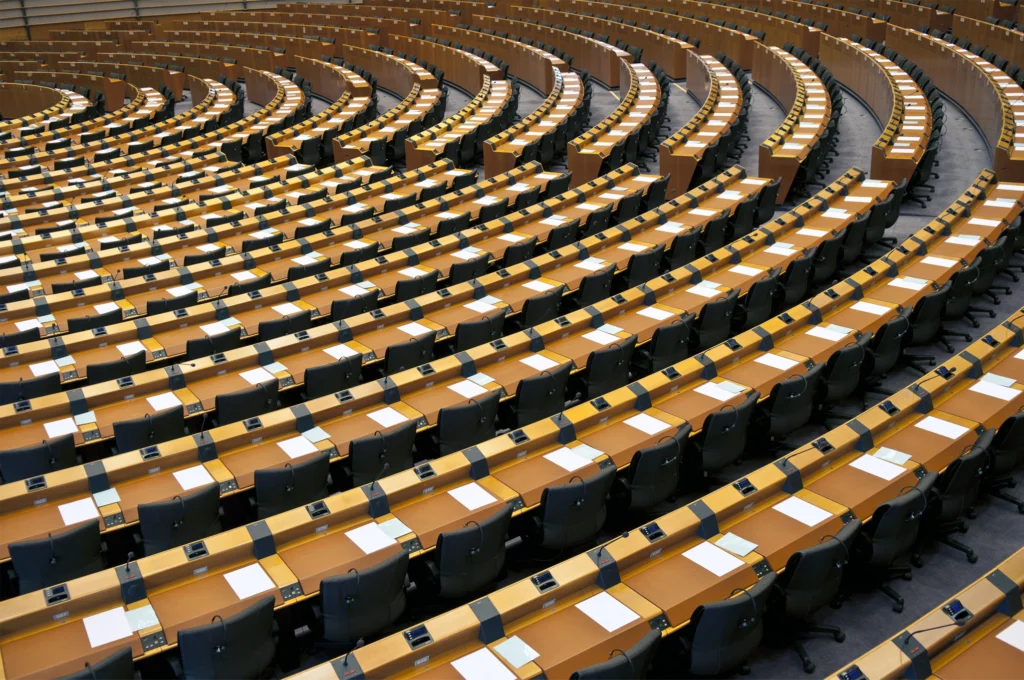The impact of climate change is far reaching—from the heatwaves and wildfires impacting Europe, to monsoon rains causing destructive flooding in Bangladesh. Climate change has the potential to impact more than just the environment. The global economy and businesses’ bottom lines are at risk as well.
According to a report from Swiss Re, a provider of reinsurance, insurance and other forms of insurance-based risk transfer, climate change represents the largest long-term threat to the global economy. If net-zero climate targets are not met by 2050, the world risks losing $23 trillion in global economic output.
The Economic Impact of Severe Weather Events
As global temperatures continue to rise, extreme weather events are happening more often, causing greater destruction and resulting in greater costs. A study from U.K. charity Christian Aid found that the 10 most destructive weather events in 2021 cost a combined $170 billion in damages.
South Asian countries such as Sri Lanka, India, Pakistan and Bangladesh have greater exposure to floods, water shortages, wildfires and storms. A report from S&P Global estimates that South Asia may lose 10% to 18% of its GDP due to extreme weather events—10 times more than Europe. Countries in Central Asia, the Middle East and Africa also face a similar threat, according to the report.
Reinsurance company Swiss Re estimates that economic losses that come as a result of climate change will grow over time. Specifically, it identifies two phases of economic change. In the first phase, GDP growth continues as it has done in the past. In this phase, emerging economies will continue to grow alongside more developed ones.
However, as temperatures continue to rise, economic impacts will become more noticeable, especially in regions that are more susceptible to the physical risks posed by climate change. Swiss Re assesses that the second phase of economic change—GDP slowdown—would start around 2050 and would increase toward the latter half of the century.
How Severe Weather is Impacting Businesses
According to research from Jordan Schoenfeld from the Tuck School of Business at Dartmouth College and Venky Nagar of the University of Michigan, some U.S. businesses are already experiencing the economic impacts of severe weather. Schoenfeld and Nagar compiled and analyzed over 100,000 corporate annual reports published between 1994 and 2018, applying a text algorithm to identify the word “weather” in the reports. The researchers then created a measure of weather exposure based on the number of times companies mentioned weather each year and compared it to other metrics such as profitability and stock returns.
The researchers found companies that have greater exposure to weather are less profitable, spend more on capital investment and are considered riskier investments when measured by 20-year returns. What’s more is the researchers found that companies are mentioning the weather more in their annual reports as time goes on. In 1994, only 25% of businesses mentioned the weather in their annual reports, compared to about 65% in 2018.
The study cites specific examples of how adverse weather impacted businesses’ operations. For example, Midway Airlines lost five business days of operation in 2000 due to severe weather. Energy infrastructure company Kinder Morgan identified weather delays as a reason for increased capital expenditures on major projects in 2008.
The researchers noted that larger businesses with operations spread across various geographic areas have higher weather exposure. Location also plays a role. For example, companies headquartered in the southeastern and central parts of the U.S. have higher weather exposure. The southeastern part of the U.S. experiences hurricane season from June to November. Parts of Texas, Oklahoma, Kansas and Nebraska—states located in the central part of the U.S.—are often referred to as “tornado alley.”
Additionally, some businesses are more impacted by the weather than others. The researchers note that utility, energy and food companies had higher weather exposure than healthcare and financial services businesses.
How Businesses Can Fight Climate Change
The economic impact of climate change is great, but the opportunity still exists to turn the tide and prevent its worst effects. To illustrate the economic benefits of investing in climate change mitigation, a report from Deloitte found that meeting climate targets could grow the size of the world economy by $43 trillion by 2070.
To cap global warming at 1.5 degrees Celsius (2.7 degrees Fahrenheit) and reach net zero by 2050, as the Intergovernmental Panel on Climate Change (IPCC) recommends, total greenhouse gas (GHG) emissions will need to be reduced by approximately 43% by 2030.
Companies can be a force for positive change in transitioning to the new net-zero economy. To meet climate targets, companies will need to get a handle on their GHG emissions, which means getting the data and insights needed to quantify their carbon footprints. Once companies have the data they need, they can begin to identify carbon hotspots and develop a decarbonization plan.
Adapting to the challenges posed by climate change through strong environmental, social and governance (ESG) strategies has the potential to make companies more resilient—and profitable—in the long term. Tackling these challenges may seem like a herculean task, but with the right strategies and solutions, we can weather the storm and come out stronger on the other side.






